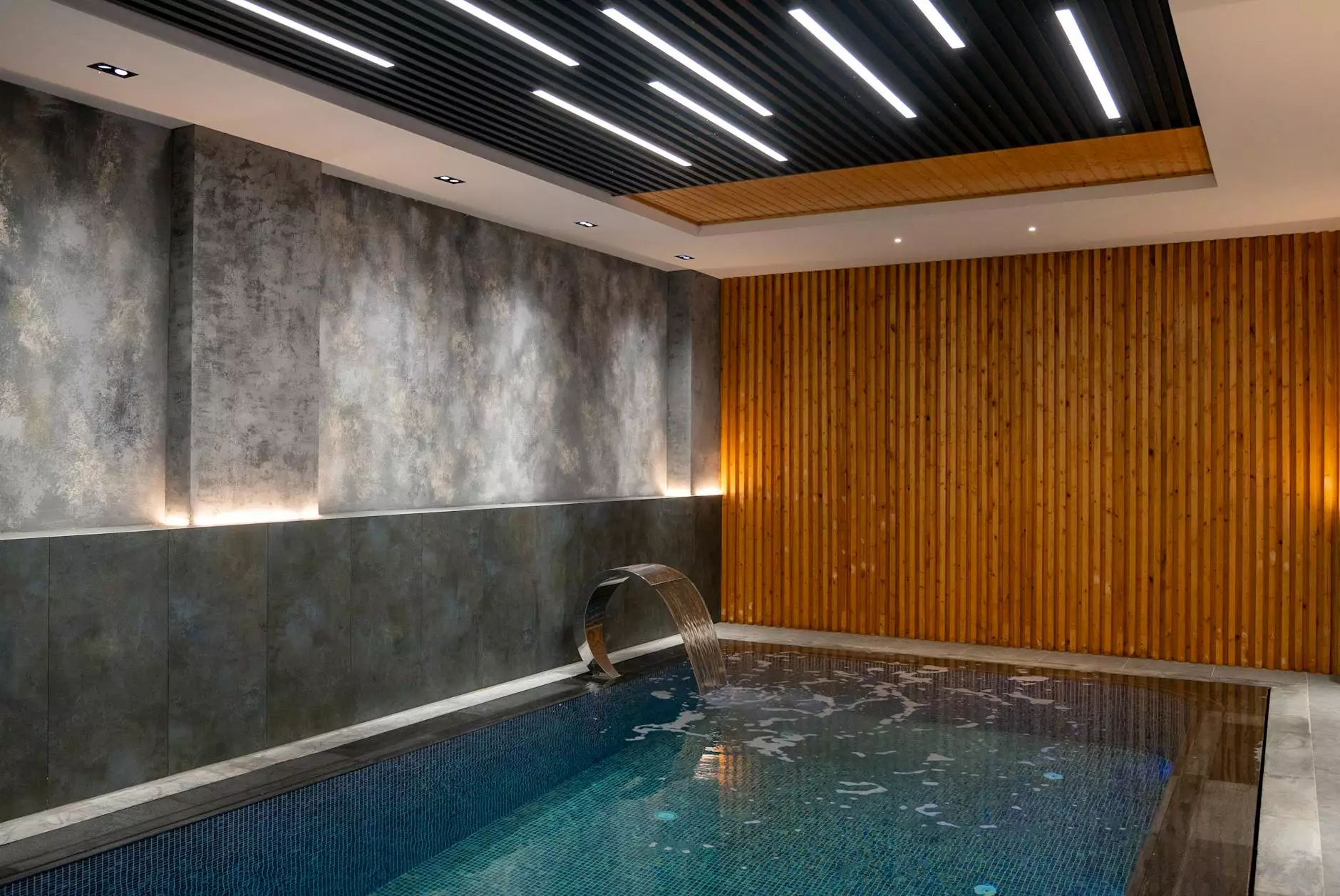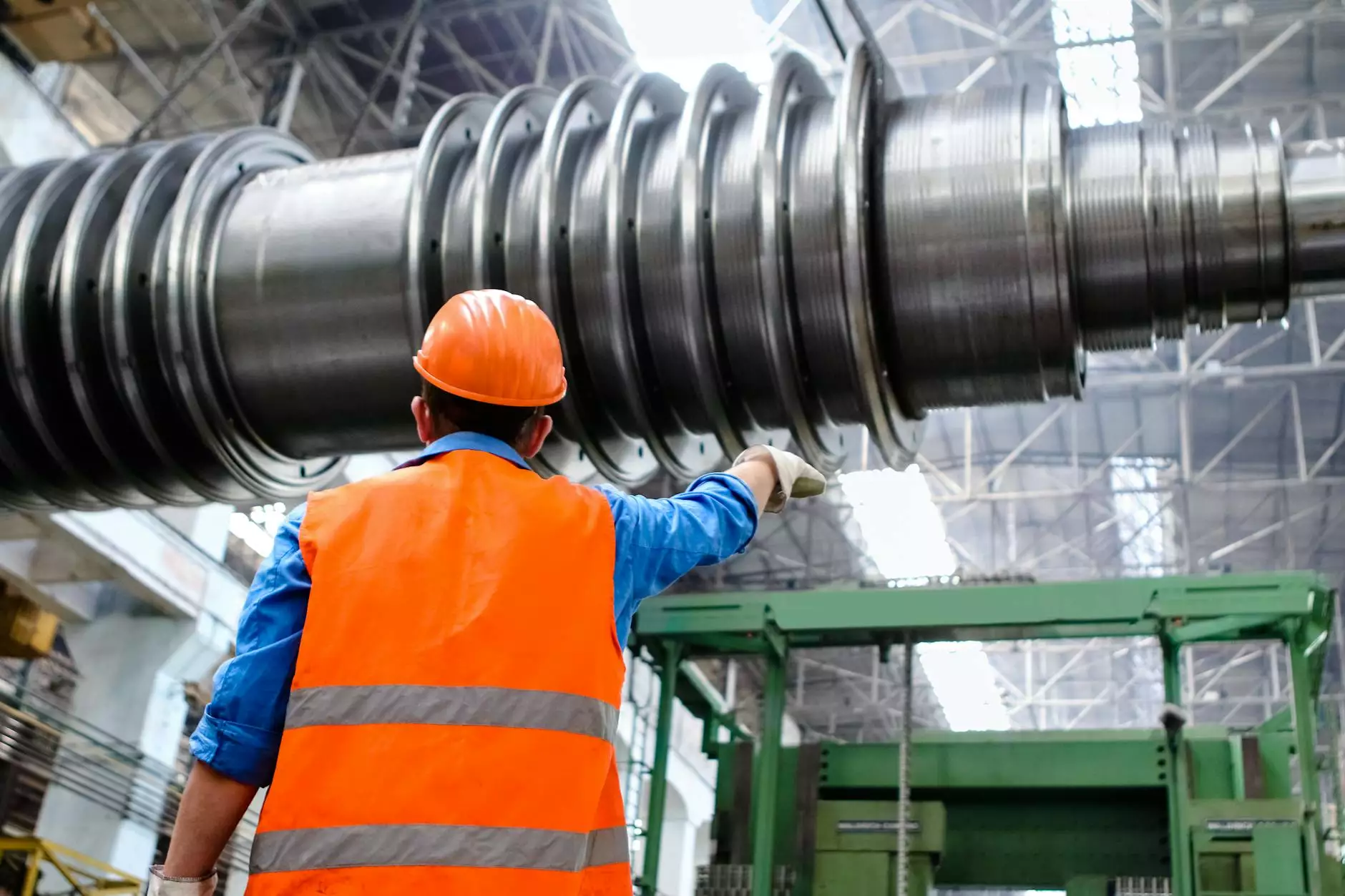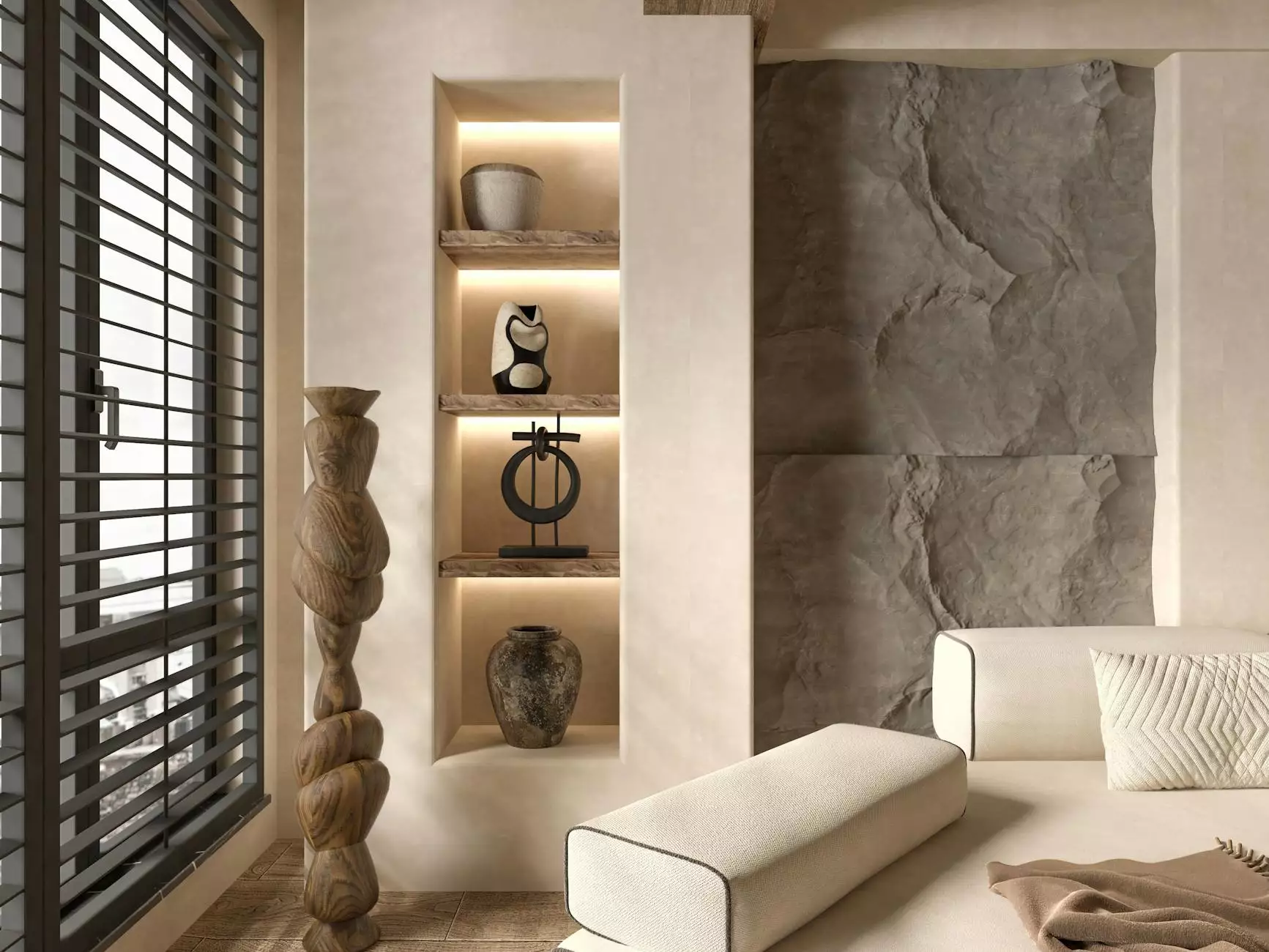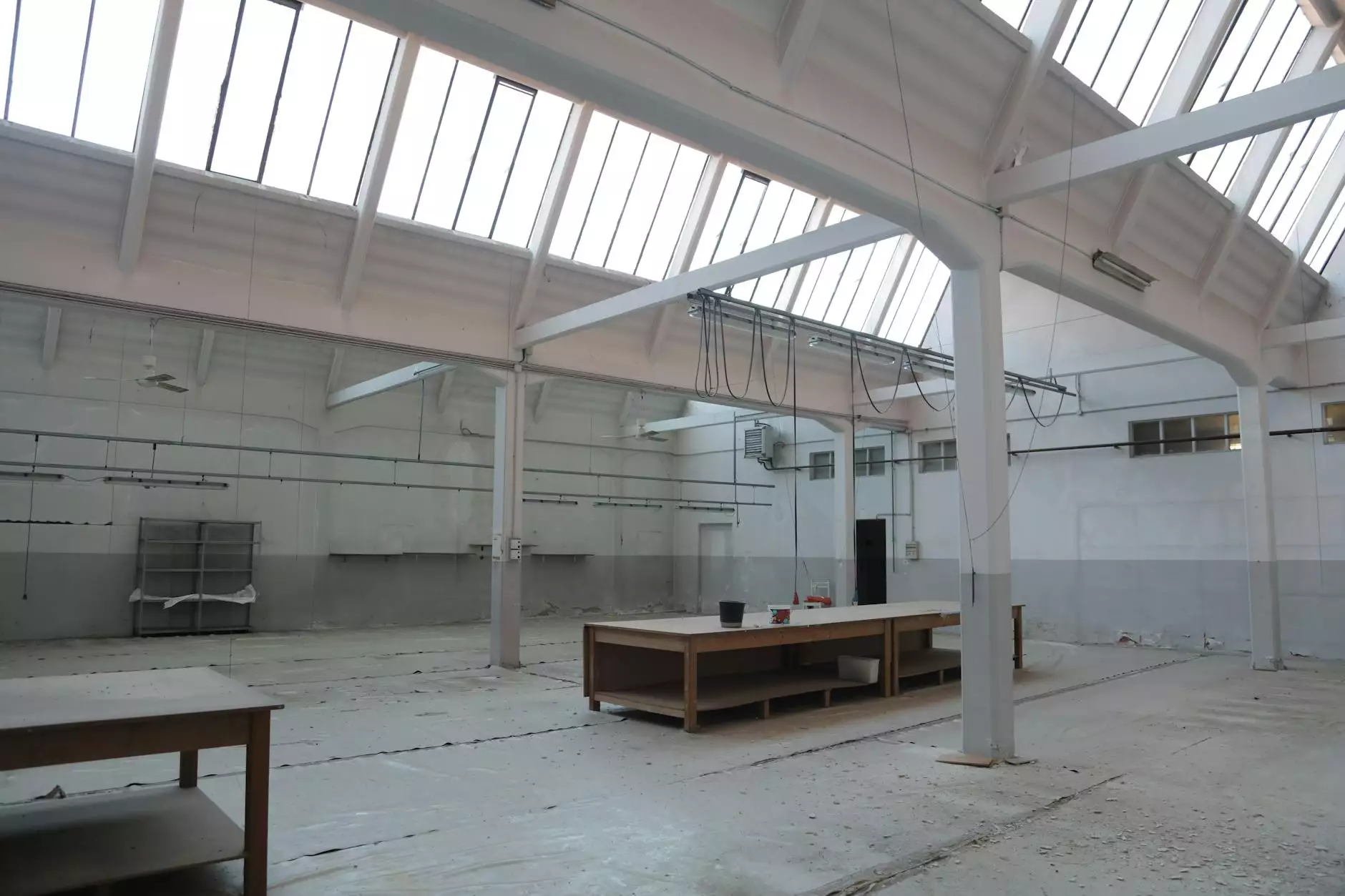The Ultimate Guide to Pool Coping

Pool coping is an essential aspect of pool design and functionality that often goes unnoticed. It serves not only as the finishing touch that frames your swimming pool, but also plays a crucial role in safety, maintenance, and aesthetic appeal. In this comprehensive guide, we will explore everything you need to know about pool coping—its types, benefits, installation, maintenance, and its significance in a well-designed swimming pool area.
What is Pool Coping?
Pool coping refers to the material that caps or edges the pool shell, providing a clean finish and a transition between the pool area and the surrounding deck. Serving both functional and aesthetic purposes, pool coping acts as a barrier between the swimming pool and surrounding landscaping, enhancing safety while adding beauty to the pool area.
The Importance of Pool Coping
Understanding why pool coping is essential requires a closer look at its multifaceted benefits:
- Safety: Coping creates a safe edge around the pool, reducing the risk of slipping or accidents when entering or exiting the water.
- Maintenance: It helps keep debris out of the pool by acting as a barrier, minimizing maintenance efforts.
- Aesthetic Appeal: The style and color of the coping can enhance the overall look of the pool, complementing its design and the surrounding area.
- Structural Integrity: Coping aids in supporting the pool walls and provides stability, especially in in-ground pools.
Types of Pool Coping
There are various types of coping materials available, each offering unique attributes suitable for different preferences and styles. Let's delve into the most popular options:
1. Natural Stone Coping
Natural stone coping provides a classic and elegant look to your pool area. Stone materials such as granite, slate, and limestone are commonly used, renowned for their durability and resistance to harsh weather conditions.
2. Brick Coping
Brick coping offers a traditional yet timeless appeal. It is easy to install and comes in various colors and patterns, allowing homeowners to customize their pool area to fit their aesthetic preferences.
3. Concrete Coping
Concrete coping is a versatile and durable option. It can be poured and molded into various shapes, enabling unique designs that can match the architectural style of your home.
4. Poured in Place Coping
Poured in place coping is a form of concrete coping that is done on-site. This method allows for a seamless look and provides flexibility in design. It’s an excellent choice for modern pool spaces.
5. Precast Concrete Coping
Precast concrete coping is manufactured in a controlled environment and then brought to the site for installation. It provides uniformity in shape and finish, making it a popular choice among pool builders.
Choosing the Right Pool Coping for Your Needs
When selecting the right pool coping, consider the following factors:
- Pool Style: The style of your pool should influence your coping choice. For a modern pool, consider sleek concrete or stone options, while traditional pools may benefit from classic brick.
- Climate: Different materials respond differently to weather conditions. Natural stone is durable in varying climates, whereas some materials may require more maintenance in extreme temperatures.
- Budget: Costs can vary significantly based on material and installation. Set a budget before choosing copings, such as natural stone or brick.
- Maintenance Requirements: Consider how much time you are willing to dedicate to maintenance. Some materials may require periodic sealing or cleaning.
The Installation Process of Pool Coping
Installing pool coping is a skilled task that should preferably be handled by professionals. However, understanding the process can help homeowners appreciate the effort involved:
- Preparation: The area around the pool must be prepared by cleaning and leveling the surface.
- Installation of the Coping Material: The chosen coping material is then set in place, often using mortar for stone or concrete options.
- Sealing and Grouting: After the coping is installed, grout is used to fill any gaps, and sealing may be applied to protect the material.
- Final Inspection: A final inspection ensures that all edges are smooth and safe, and any adjustments needed are made.
Maintaining Your Pool Coping
Proper maintenance of your pool coping will ensure it remains in great condition for years to come. Here are some tips:
- Regular Cleaning: Use a soft broom or a pressure washer to remove debris and dirt without damaging the coping material.
- Sealing: Periodically seal natural stone or concrete coping to prevent stains and moisture absorption.
- Inspect for Damage: Regularly inspect the coping for any cracks or chips that may need repair.
- Address Water Damage: Ensure that water is properly drained away from the pool area to avoid excessive wear on coping materials.
Enhancing Your Pool Area with Coping
Pool coping not only provides safety and structural integrity but also adds a finishing touch that can transform your pool area. Here are some ideas to enhance your pool space:
- Color Coordination: Choose coping that complements or contrasts beautifully with your pool’s tile and the surrounding landscape.
- Planters: Incorporate planters into the coping design to add greenery and color, enhancing the natural look.
- Lighting: Integrated lighting along the coping can create a mesmerizing ambiance during evening swims.
- Outdoor Furniture: Create a lounge area near the pool that utilizes the space effectively, making the pool area more inviting.
Conclusion: Invest in Quality Pool Coping
In conclusion, pool coping is not just a decorative element—it's a vital component in the overall design, safety, and maintenance of your pool area. Investing in quality coping can significantly enhance the functionality and aesthetic appeal of your swimming pool, making it a worthwhile addition to your home.
Whether you choose natural stone, brick, concrete, or any other material, make sure it aligns with your style, needs, and budget. Remember, the right coping can turn a simple pool into a luxurious oasis that you and your family will enjoy for years to come. For more information on pool coping and to explore our renovation services, please visit poolrenovation.com now!
Frequently Asked Questions about Pool Coping
1. What is the best material for pool coping?
The best material for pool coping depends on your individual preferences, climate conditions, and budget. Natural stone provides durability and beauty, while concrete is versatile and low-maintenance.
2. How often should I clean my pool coping?
You should clean your pool coping regularly, ideally a couple of times per month, to remove debris, dirt, and algae buildup.
3. Can I install pool coping myself?
While DIY installation is possible, it is recommended to hire a professional for the best results, especially to ensure proper sealing and structural integrity.
4. How can I repair chipped or cracked pool coping?
Minor chips can often be filled with a concrete patch or epoxy, while larger cracks may require complete replacement of the affected section or professional repair.









